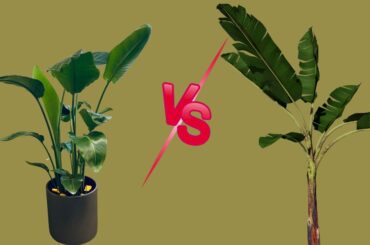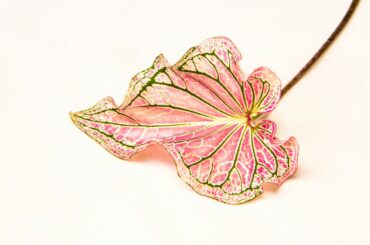Hydrangea, also known as hortensia, is an ornamental plant that is popular for its large and showy flower clusters. The plant is native to temperate and subtropical regions of Asia and America. So, are hydrangeas tropical plants?
Yes and no. These plants can tolerate hot and humid weather conditions quite well. However, they cannot withstand prolonged periods of heat and drought. So, if you want to grow hydrangeas in a tropical climate, it is important to provide them with enough water and shade. This article will provide more information on growing hydrangeas in tropical climates.
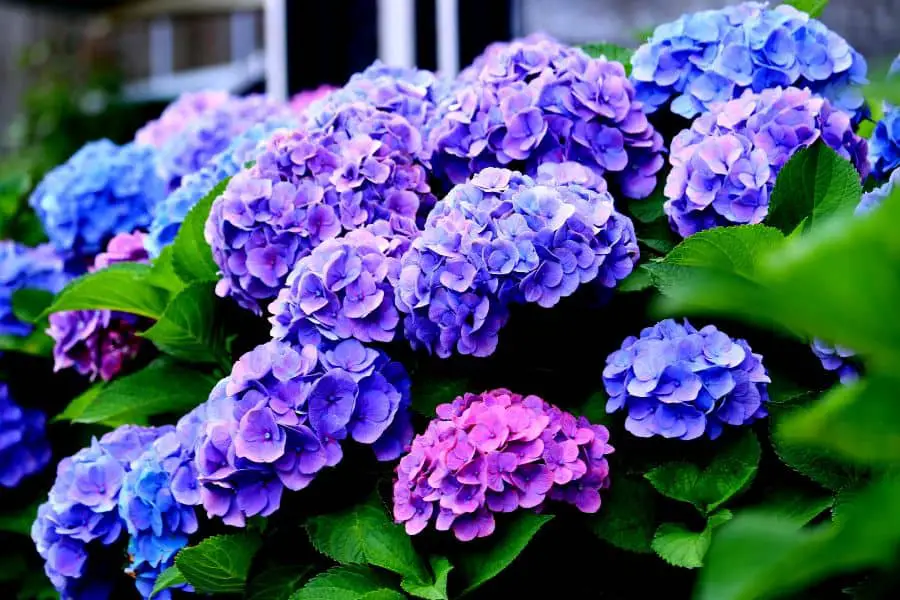
Are Hydrangeas Tropical Plants?
Contents
Although Hydrangeas are not tropical plants, they can do well in both these climate types, provided they are given adequate water and shelter from the direct sun. Let me explain a bit about tropical climate, tropical climates are generally hot and humid, with little or no variation in temperature throughout the year. There are two types of tropical climates- tropical wet and tropical dry.
Tropical wet climates are characterized by high humidity and heavy rainfall. These conditions are ideal for hydrangeas. You will have to water hydrangeas regularly, but they should do well in these conditions.
Tropical dry climates are characterized by little rainfall and high temperatures. These conditions can be tough on hydrangeas. The plants will need to be watered regularly, and they may need some protection from the direct sun. Growing hydrangeas in pots or containers that can be moved indoors during the hottest months of the year are best if you live in a tropical climate. This will help to protect the plant from harsh conditions.
More about Hydrangeas
The name ‘hydrangea’ is derived from the Greek words’ Hydor,’ meaning water, and ‘angeion,’ meaning vessel or receptacle. The Hydrangea macrophylla is the most common species of hydrangea plant, and it is this variety that is typically grown as a potted plant or in gardens.
There are around 75 species of hydrangea, out of which ten are native to North America. Most of these plants do well in temperate climates, but there are some that can thrive in tropical climates as well. There are two main types of hydrangeas – mophead and lacecap. Mophead flowers have large, round heads, while lacecap flowers have flattened heads with smaller flowers in the center.
The flower clusters of hydrangeas can be white, pink, blue, or purple. The color of the hydrangea flowers varies depending on the variety of plants and the soil conditions. For example, hydrangeas that are grown in acidic soil will have blue flowers, while those grown in alkaline soil will have pink flowers.
Hydrangeas are usually deciduous plants, which means that they lose their leaves in winter. They typically bloom in summer or autumn. However, they can also be evergreen plants in certain conditions. Hydrangeas are relatively easy to care for and can be grown in a variety of climates. However, they do require some specific growing conditions in order to thrive.
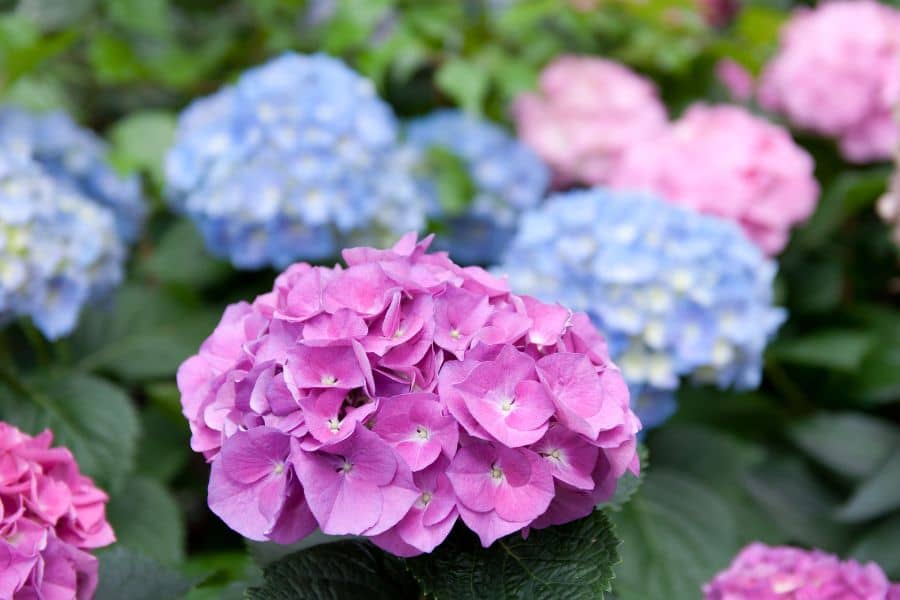
What Kind Of Environment Do Hydrangeas Like?
Hortensias are suitable for growing in USDA hardiness zones 6 to 9. Hydrangeas prefer temperate to subtropical climates. They cannot tolerate prolonged periods of heat and drought. However, they can tolerate hot and humid weather conditions quite well.
In general, hydrangeas prefer shady or partially shady locations. They do not thrive in direct sunlight. The leaves of the plant can be damaged by direct sunlight, and the flowers will not bloom as well. Hydrangeas need moist, well-drained soil in order to thrive. The soil should be rich in organic matter. When the soil dries too much, the plant wilts, and the leaves turn brown. The plant’s roots will rot if the soil becomes too wet.
Hydrangeas need to be watered regularly. You should water these plants deeply and allow them to dry out somewhat between watering. Overwatering is just as dangerous as underwatering. Hydrangeas typically bloom in summer or autumn. However, they can also bloom in spring or winter in certain conditions.
In general, hydrangeas prefer cooler weather. They will not do well in hot, dry climates. Growing hydrangeas in pots or containers that can be moved indoors during the hottest months of the year are best if you live in a tropical climate.
How Long Does A Hydrangea Last?
Hydrangeas are generally long-lived plants. Hydrangea plants can last for many years if properly cared for. How long a particular plant will last will depend on the variety of plants and the growing conditions. Some varieties of hydrangeas are more tolerant of adverse conditions than others.
In general, hydrangeas that are grown in ideal conditions will last longer than those that are not. If you take good care of your hydrangea plant and provide it with the proper growing conditions, it should last for up to 50 years.
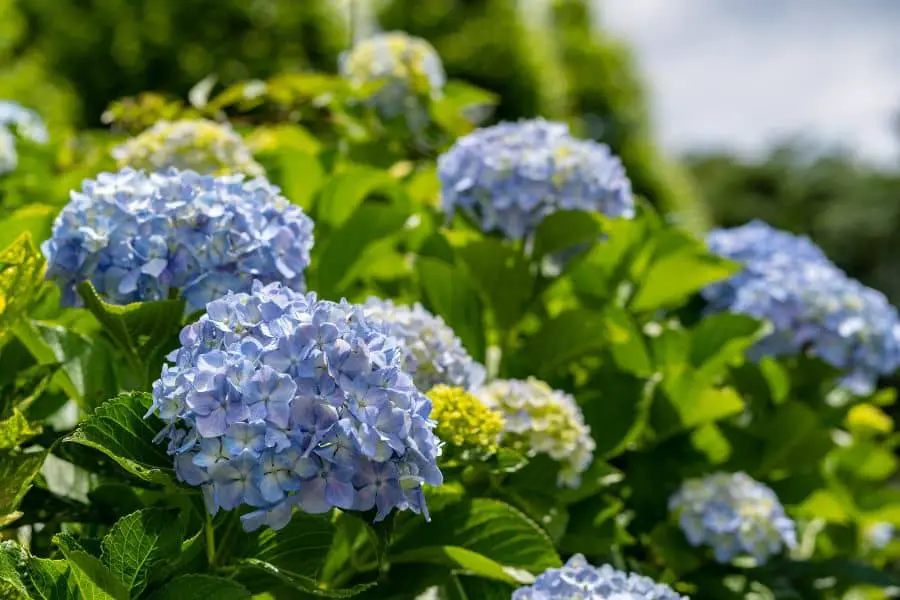
Hydrangeas That Can Grow In The Tropics
As we mentioned before, some Hydrangea plants are more tolerant of adverse conditions than others. Here are some varieties of Hydrangeas that can do well in tropical climates:
- Bigleaf hydrangea (H. macrophylla) – Bigleaf hydrangea is a beautiful shrub that has shiny, toothed leaves and a symmetrical, rounded shape. It can grow to be 4 to 8 feet tall and wide. There are two types of flowers that Bigleaf hydrangea can produce – lacecap and mophead. Lacecap flowers are among the most heat-tolerant, while mophead flowers prefer a bit more shade.
- Smooth hydrangea (H. arborescens) – Smooth hydrangea is a beautiful flowering shrub that is native to the eastern United States. It grows up to 10 feet tall and has dense, attractive growth with grayish-green leaves. Smooth hydrangea blooms in late spring and early summer, with clusters of white flowers that turn pink as they mature. This shrub is a great choice for gardens in warmer climates, and it makes an excellent addition to any landscape.
- Oakleaf hydrangea (H. quercifolia) – Oakleaf hydrangeas are a beautiful addition to any garden, with their large, oak-like leaves that turn a gorgeous red in the fall. They are also one of the hardiest hydrangeas, thriving in both hot weather and drought conditions. While they do need regular watering during times of extreme heat, they are otherwise very low-maintenance plants.
- Panicle hydrangea (H. paniculata) – Panicle hydrangea is a sun-tolerant shrub that can reach heights of 10 to 20 feet. It does best in five to six hours of sunlight, with morning sunlight and afternoon shade in hot climates. This shrub is perfect for adding color and texture to any landscape, and it makes a beautiful addition to any garden.
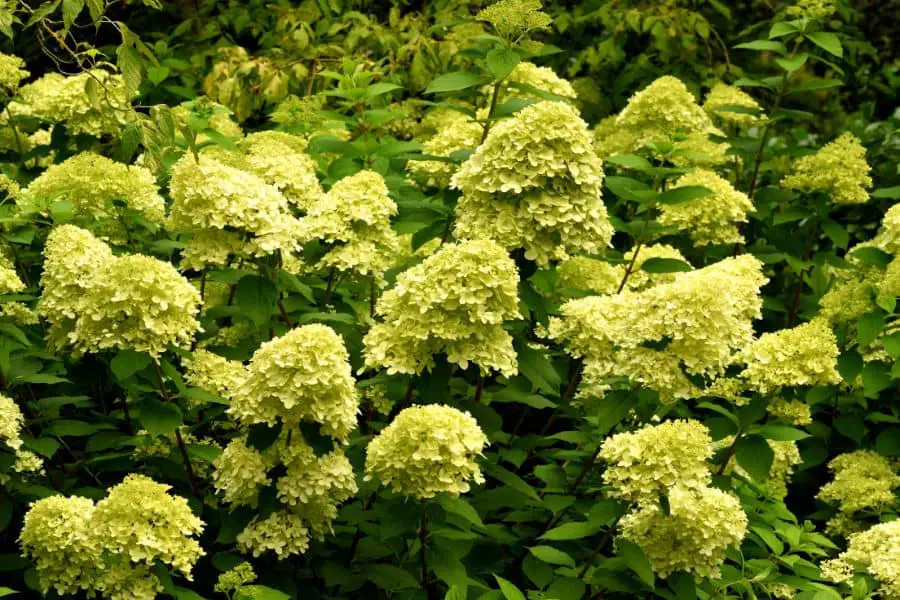
How To Care For Hydrangeas In A Tropical Climate
If you want to grow hydrangeas in a tropical climate, there are a few things you need to do to make sure they thrive.
Choose the Right Variety of Plant
First, you need to choose the right variety of plants. As we mentioned before, some varieties of hydrangea are more tolerant of adverse conditions than others. Bigleaf, smooth, oakleaf, and panicle hydrangeas are all good choices for tropical climates.
Provide the Proper Growing Conditions
You need to provide the plant with the proper growing conditions. Hydrangeas prefer a sunny location with well-drained soil. However, in tropical climates, they will need some protection from the direct sun.
Water the Plant Regularly
You need to water the plant regularly to keep the plant in thriving conditions. In a tropical climate, the soil can quickly become dried out. Be sure to water your plant deeply and regularly to keep the soil moist.
Fertilize the Plant Regularly
You also need to fertilize the plant regularly. Hydrangeas are heavy feeders and will need to be fertilized every three to four weeks during the growing season. Use a high-quality fertilizer formulated for flowering plants.
Prune the Plant Regularly
Finally, you must prune the plant on a regular basis. Pruning promotes new growth and keeps the plant healthy. Hydrangeas should be pruned in late winter or early spring. With proper care, your hydrangea will thrive in a tropical climate and provide you with years of enjoyment.
Conclusion
Hydrangea is not a tropical plant, but some hydrangeas can tolerate tropical conditions well. These plant species can tolerate hot and humid weather conditions quite well. However, they cannot withstand prolonged periods of heat and drought. If you live in an area where the summers are hot and dry, it’s best to plant your hydrangeas in a shady spot or give them some afternoon shade. With a little bit of care, these versatile plants will bring beauty to your garden for many years to come.
Read Next : Will Plants Grow Back After Rabbit Damage?

